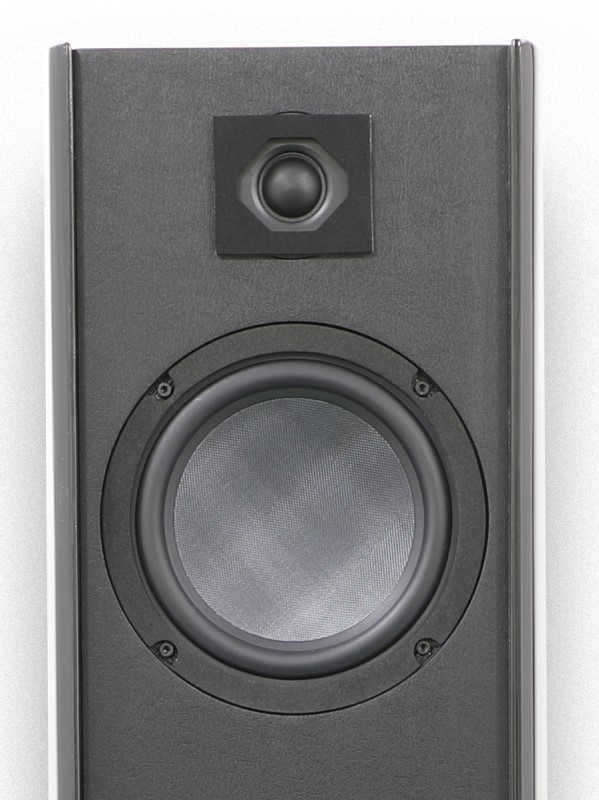High-Pass and Low-Pass Filters – What’s the Difference?
Whether you realize it or not, high-pass and low-pass filters are integral to your audio experience. You’ll find them in your speakers, AV receivers, subwoofers, and more. What are these filters and how do they work? Let’s discuss!
How These Filters Work
The way to remember how high-pass and low-pass filters work is to add one word: Can. Adding the word “can” before the word “pass” will help you remember how each of the filters works. Instead of thinking, “Low-pass,” think “low can pass.” Instead of high-pass, think “high can pass.”

In each case, the name of the filter tells you what sorts of sounds are allowed through and which are filtered out. With a high-pass filter, the high sounds (high can pass) are allowed through while the low sounds are filtered out. The low-pass filter allows low sounds through (low can pass) while filtering out the high sounds.
Easy.
Examples of Filters
The most common usage of one of these filters is in your subwoofer. It is called a crossover. Crossover settings are found both on your AV receiver and your subwoofer. We generally recommend controlling the crossover from the AV receiver. The crossover to your subwoofer is a low-pass filter. It filters out the higher sounds and sends only the low sounds (low can pass) to your subwoofer.

The other common place for high-pass and low-pass filters is in your speakers. If your speaker has more than one driver (as the speaker above), there are crossovers employed. In this case, both high and low-pass filters are used. Your tweeter handles all the high sounds while the other driver(s) handle the lower frequencies. Between the tweeter and the rest of the drivers, there must be a high-pass (high sounds can pass) filter. On the other side, there is a low-pass filter on the sounds going to the woofers (low sounds can pass) that will filter out the high sounds. This ensures that each driver is only getting the sounds it can handle.
Wrap Up
When dealing with high and low-pass filters, just remember to add the word “can.” You’ll never mix the two up again!
Special thanks to Rob H. of the AV Rant podcast for help with this article.



Excellent way to remember the difference! Thanks